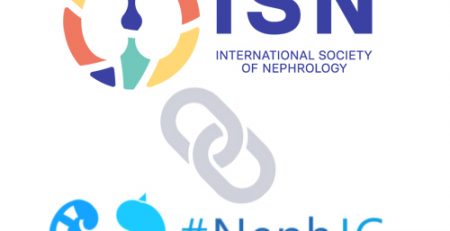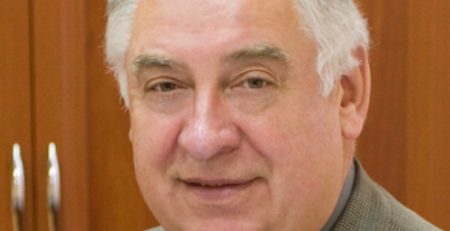How an unfashionable area of research led to a Nobel Prize-winning discovery
 The fight to breathe by COVID-19 patients has brought home to us all the importance of oxygen to support life in humans. Every cell in our bodies needs the right amount of oxygen to function and survive, but how are oxygen levels controlled? This is a question that remained unanswered until relatively recently.
The fight to breathe by COVID-19 patients has brought home to us all the importance of oxygen to support life in humans. Every cell in our bodies needs the right amount of oxygen to function and survive, but how are oxygen levels controlled? This is a question that remained unanswered until relatively recently.
In pioneering work that won him the Nobel Prize for Physiology or Medicine in 2019 (shared with William Kaelin and Gregg Semenza), kidney specialist Professor Sir Peter Ratcliffe discovered a universal molecular mechanism in cells for detecting and responding to varying levels of oxygen. This mechanism provides targets for which drugs can be developed to treat a wide range of diseases from anaemia to cancer.
Sir Peter obtained a medical degree before training in nephrology. His work in kidneys started him along the path toward his Nobel-winning discoveries when he set out to understand how cells sense and respond to oxygen deprivation (hypoxia), which leads to the kidneys producing the hormone erythropoietin (EPO). EPO stimulates the bone marrow to produce more oxygen-carrying red blood cells, and injections of synthetic EPO have been used to treat anemia caused by renal failure since the 1980s.
“It was the extraordinary sensitivity of the hypoxia pathway that drew me to the subject at a time when the study of hypoxia was not particularly fashionable. Initially, I thought there would be an extremely specialized sensor in extremely specialized cells within the kidneys that senses oxygen and make EPO,” says Sir Peter.
To his surprise, he found not only the oxygen-sensing mechanism but also that it existed in cells in other organs in the body.
“This discovery was the first major aspect of our work that led to the Nobel. Oxygen has to be delivered in precisely the right amounts to about 40 trillion cells in the human body, which is not straightforward. Dysregulation, usually hypoxia, plays a role in almost all human diseases, including kidney disease, anemia, cardiovascular diseases, and cancer. Profound tissue hypoxia is common in solid tumors and is associated with a worse prognosis and resistance to treatment.”
The second part of Sir Peter’s work that contributed to the Nobel Prize was the discovery of the molecular mechanism by which oxygen levels are controlled. Building on the discovery by Gregg Semenza of the hypoxia-inducible factor (HIF), a transcription factor that trans-activates the EPO gene, Sir Peter says he had a “eureka moment” when he found that proteins expressed by the Von Hippel-Landau tumor suppressor gene (VHL) bind to HIF. When oxygen levels in a cell fall, the VHL protein does not bind to HIF, and this allows HIF to activate the production of EPO.
“We found an unprecedented mechanism in cell signaling by which the VHL protein can bind to HIF that has been modified by hydroxylation of two proline residues. Creating the hydroxyproline residue enables HIF to bind to VHL, which then leads to the protein’s destruction. However, when oxygen levels fall, the prolyl hydroxylation reaction, which is catalyzed by a dioxygenase, an oxygen-consuming enzyme, can’t work, so HIF remains and activates the EPO gene,” says Sir Peter.
The discovery of the central role played by HIF, VHL and dioxygenase in the availability of oxygen in cells and oxygen sensing has enabled drugs to be developed that target them. Researchers hope that these can work either by tricking the body into thinking it is hypoxic so that it makes corrective responses, and this is being used to treat anemia, or by preventing the hypoxic response, which can often be a driver for the growth of cancer.
“The drugs that activate HIF by preventing prolyl hydroxylation and degradation are looking promising for the treatment of renal anemia. Experience is still limited, but they have some advantages over current treatments, and a lot of people are waiting to see how this works out.
“As is always the case in drug development, although the discovery of targets gives us many opportunities for designing new treatments, it also presents us with difficulties in accurately defining how a drug will behave in the human body, even when you know exactly what you’re targeting. These are the current challenges,” concludes Sir Peter.
Professor Sir Peter Ratcliffe: “Understanding cellular oxygen sensing mechanisms:
implications for medicine” (Brenner/Dirks Lecture)
Sunday 18 April, 15.30-16.30 hrs Central European Summer Time













